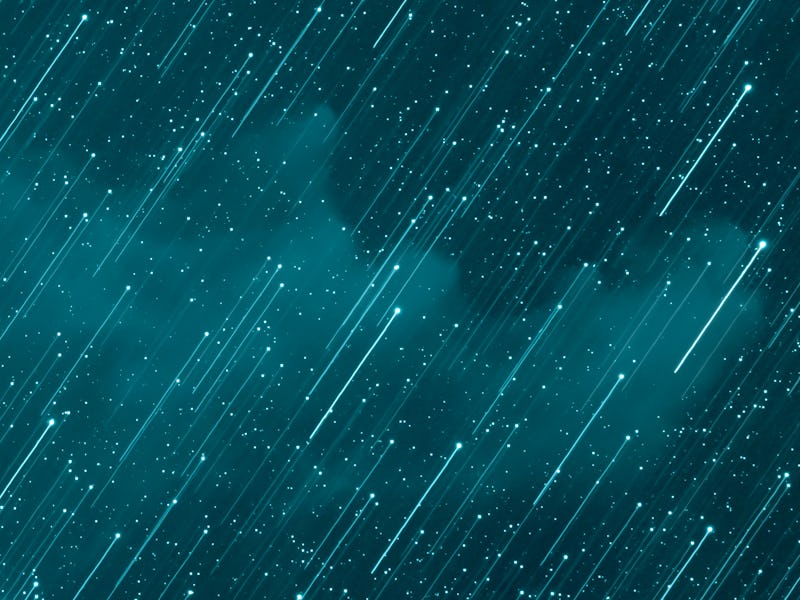Geminids: You need to watch the fiery fragments of an asteroid fall to Earth
It will be the last major meteor shower of the year.

Before the year comes to an end, there’s one last meteor shower to grace our night skies.
The Geminid meteor shower is a favorite amongst stargazing enthusiasts as one of the most reliable showers of the year, producing up to 150 meteors an hour during a dark night.
This year’s shower will peak the night of December 13 and continue into the early morning hours of December 14. Here’s what you need to know to see this spectacular event.
What is the best time to see the Geminid meteor shower?
The Geminid meteor shower is best viewed around 2 a.m. local time, when the sky is especially dark. This provides optimal viewing of its bright streaks.
The Geminid meteor shower are a favorite among sky viewers as reliable, bright and fast meteors.
Unfortunately, the meteor shower is competing with a waxing gibbous Moon that will be more than 70% lit this year, which will wash out some of the dark skies with its illumination. But, you should still be able to see the shower’s signature bright meteors, despite the glare of the Moon.
Where do the Geminids come from?
Meteor showers are created from the bits of debris that fall from comets and asteroids. As these rocky bodies of frozen gas, dust, and other material travel toward the Sun, the star’s powerful gravitational pull can weaken them, breaking them down as they draw near.
The dust trail from comets forms a train of debris along the path of their orbit, and Earth passes through these trains each year during its own trip around the Sun.
The Geminids originate from 3200 Phaethon, which is either an asteroid or an extinct comet. The rocky object swings by the Sun every 1.43 years at an extremely close distance of 21 million kilometers, less than half the distance between the Sun and Mercury.
How many meteors per hour do the Geminids have?
The meteor shower produces around 50 meteors an hour on average. It’s also quite fast, with meteors traveling at 78,000 miles per hour.
But the Geminids have also been known to produce up to 150 meteors an hour when the skies are especially dark, allowing the fainter meteors to still make an appearance across the sky.
Because of Phaethon’s proximity to Earth, the Geminids are intensifying every few years, bringing up the total number of meteors per hour as time goes on.
An illustration of 3200 Phaethon, the asteroid (or extinct comet) that gives us the Geminids.
How to view the Geminid meteor shower
The meteor shower appears to radiate from the constellation Gemini, giving the shower its name. But Geminids can be seen all across the sky.
You can spot the Gemini constellation through its two brightest stars, Castor and Pollux. There is a chance that Castor and the Geminids align during the shower. It is best to view the Geminids around 2 a.m. because that’s when the radiant point appears highest in the sky. Meanwhile, the waxing gibbous Moon will drift towards the west as the night progresses and will set around 4 a.m., which leaves a couple more hours of dark skies before the Sun rises.
You don't need any special equipment either, just a watchful eye on the sky. It is best if you are located in a dark area with minimal light for better viewing of the shower.
When is the next meteor shower?
A small meteor shower, the Ursids, will begin around December 17 and peak on December 22. However, it only brings five to ten meteors per hour.
The next large meteor shower will be the Quadrantids meteor shower, which will occur between December 28, 2021 and January 12, 2022. The Quadrantids will peak on January 3, and bring more than 100 meteors per hour.
This article was originally published on